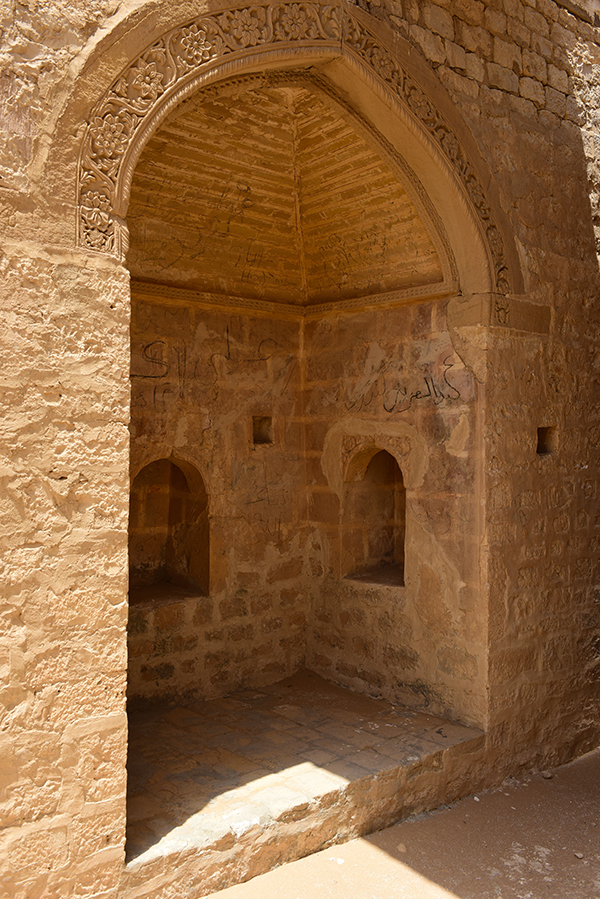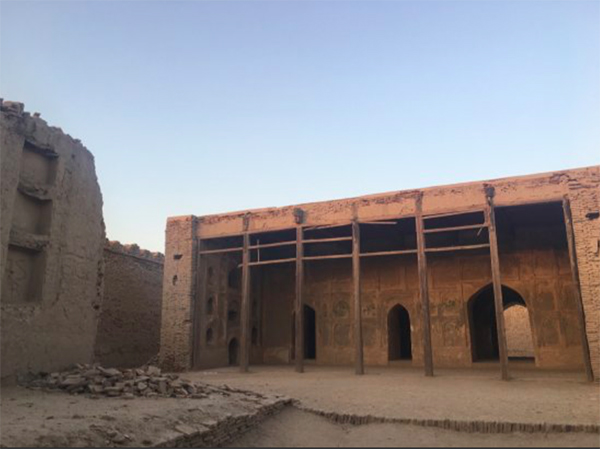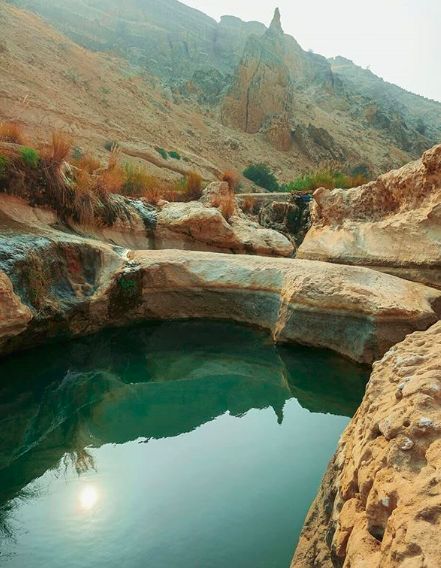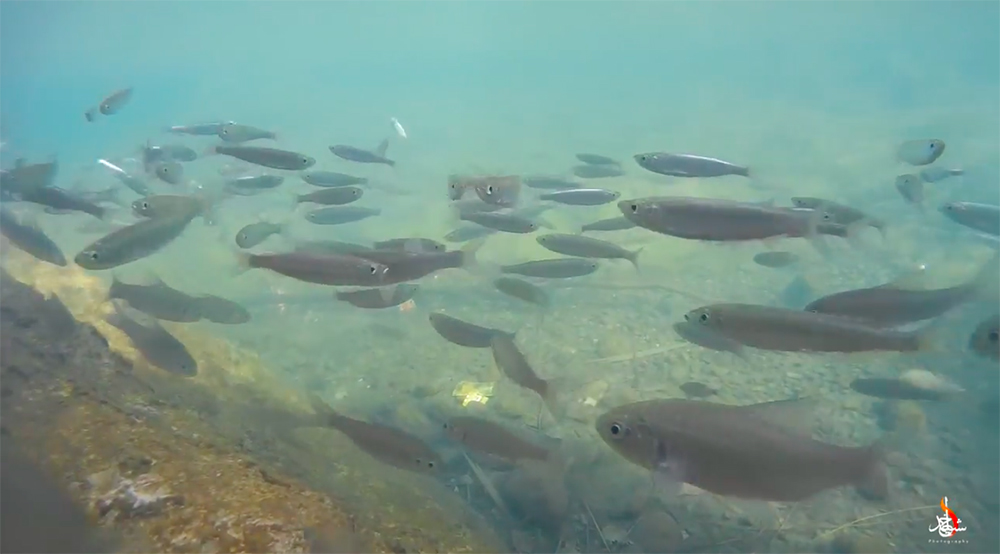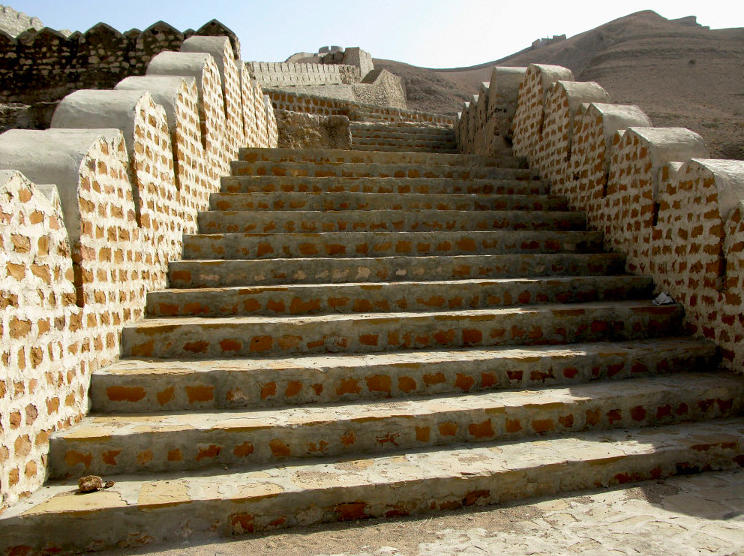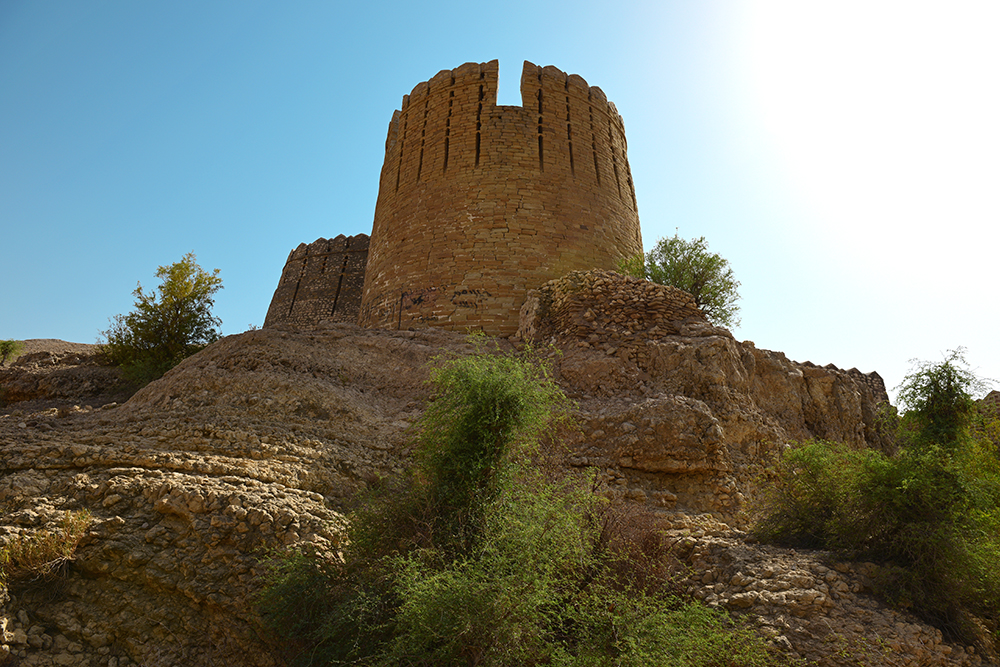Ranikot: The Great Wall of Sindh.
It is true that there are many places in Pakistan that are worth exploring but are not that well known. One place that combines folklore, adventure, heritage and mystery is Ranikot (pronounced ‘runny coat’, not ‘raani kot’) Fort, located near Sann, in Sindh’s Jamshoro district. This enigmatic fort is one of the largest, if not the largest fort in the world, with a circumference of 32-35 kilometers. Due to its large and looming structure, Ranikot is known as “The Great Wall of Sindh.”
No one has been able to uncover the history of the fort, though multiple stories about its origins exist. Its stands in the middle of sandy terrain, leaving no obvious clues about its builders. Some suggest that it was made by Arabs or the Abbasids, who ruled Sindh in the 9th Century AD. Others believe in looking much further into the past, to Sassanid or Greek rule in the Subcontinent.
More recent studies pointed to the fort’s construction in the 17th Century AD, under the Mirs of the Talpur Dynasty. Ethnically Baloch, the Talpurs served under the Kalhoras, until their leader was assassinated by a Kalhora, and the Talpurs revolted. After gaining control of Sindh, the Mirs needed a place of refuge for their families during turbulent times. It is said that they constructed this fort to protect themselves against the British, but could not complete it before the British took over Sindh in 1843.
Nowadays, Ranikot a fascinating marvel, which follows the natural landscape form. There are three man-made walls with semi-circular bastions in intervals, and the fourth wall is that of the hill in the North. A smaller fortress exists inside, which may have served as a residential area. The gates and entrances are carved with floral patterns and other designs.
Inside the compound are hills, ponds, valleys, as well as ammunition depots, watch towers and a mosque, which was built later. Three graveyard exists inside as well, one with over 400 graves, which locals refer to as the “Romans’ Graveyard” for mysterious reasons.
Visible from five kilometers away, Ranikot’s giant walls turn and plunge with the hills that surround it. The walls are built from gypsum and lime cut sandstone, strengthened with 45 bastions along the external walls. The walls of the fort are still intact, and they offer a stunning view of the landscape. The fort has several gates, but the one mainly used to enter Ranikot is the Sann Gate.
Following this road, one reaches “Meeri”, a little fortress-post inside the fortress, with magnificent quarters that are still somewhat intact. From that point, one can see “Shergarh”, another stronghold, up on the peak of a hill. Further along is the Mohan Gate, which becomes a walkway through rolling canyons and streams. The local Gabol villagers have used these streams for many years, but tourists are encouraged to watch their step, as the rocks are slippery.
After walking for 3 to 4 km, one comes across a spellbinding body of water known as “Pariyan Jo Tar” or “The Pond of Fairies”. The pond is supernaturally beautiful, with its green color and uneven depth. It is surrounded by pebbles which are very slippery and difficult to walk on.
According to folklore, when the full moon hangs over the pond, fairies visit the water. The pond is not only a visual treat, but also an opportunity to get a soothing pedicure, courtesy of the Garra Rufa fish which eats dead skin cells. Some tourist companies also offer camping opportunities in certain parts of the fort.
Ranikot was nominated as a UNESCO heritage site in 1993, but has yet to be declared one, and formal excavation efforts began in 2005. The first attempts were under the Archaeology Department of Pakistan, The Provincial Department of Culture, and the Dadu District administration; it focused on the Sann Gate to the mosque and Meeri Fort. But this was suspended in 2006, due to poor methodologies. But as of 2017, the Endowment Fund Trust for the Preservation of the Heritage of Sindh had taken up the restoration work and research around the fort.
According to the Ranikot site office, the resort services and facilities are being developed by the Sindh Government. He added that the best times to be at the fort are dawn and sunset. But besides great trekking opportunities, one can even meet locals and experience the traditional agriculture methods they have used for centuries, provided one is respectful of their customs. In 2019, the Sindh Tourism Development Cooperation arranged a New Year’s Celebration at Ranikot, in which the structure was lit with colored lights around the fort.
While this fort is relatively safe and accessible, there is still a long way to go. The fort is 90km North of Hyderabad, and a little more than an hour’s drive from Karachi. But the last stretch of the road is a dirt track, and it’s not safe to travel this route during the night as there are no petrol stations or rest stops on the path. This has discouraged many from experiencing the magnificent structure. Similarly, the fort has not been developed as some other famous heritage sites in Pakistan, but unfortunately, the progress is slow.
Ranikot is a breathtaking and exciting destination, that merges nature and history in an enigmatic building. While Ranikot’s structures have stayed more or less intact over the years, it’s the lack of transport routes that has discouraged people from venturing to it. Many people are waiting for the roads to develop, so that they can visit and discover all the treasures that it holds.


